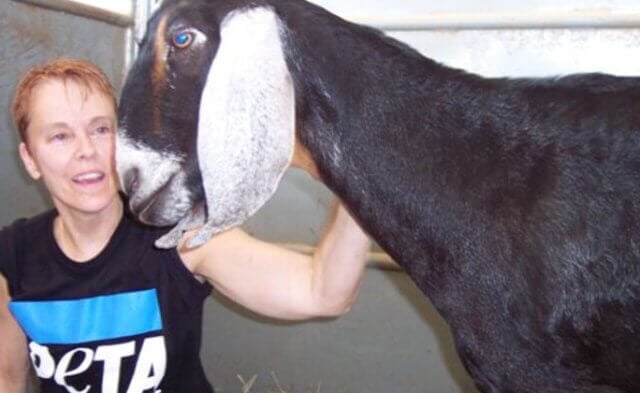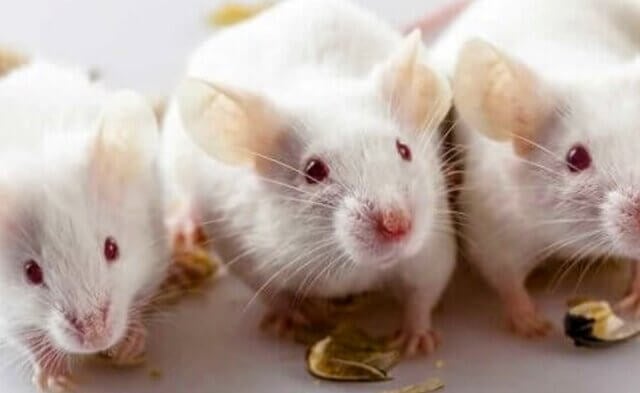I recently watched the enthralling Netflix flick Okja and was pleased as vegan strawberry pie to see a movie that included computer-generated imagery (CGI) and an animal rights message. The film is about a girl who’s on a mission to save her beloved “super-pig,” Okja, from the slaughterhouse. Many viewers have been so moved by the movie that they’ve pledged to go vegan! Filmmaker Bong Joon-ho proved that using CGI is more effective than using real animals when he used the technology to give Okja eyes that would connect with viewers: “If you look at Planet of the Apes, they did the eyes of Caesar so well you really feel the emotion. That’s what we aspired to: a feeling of uncanniness in the eyes.”
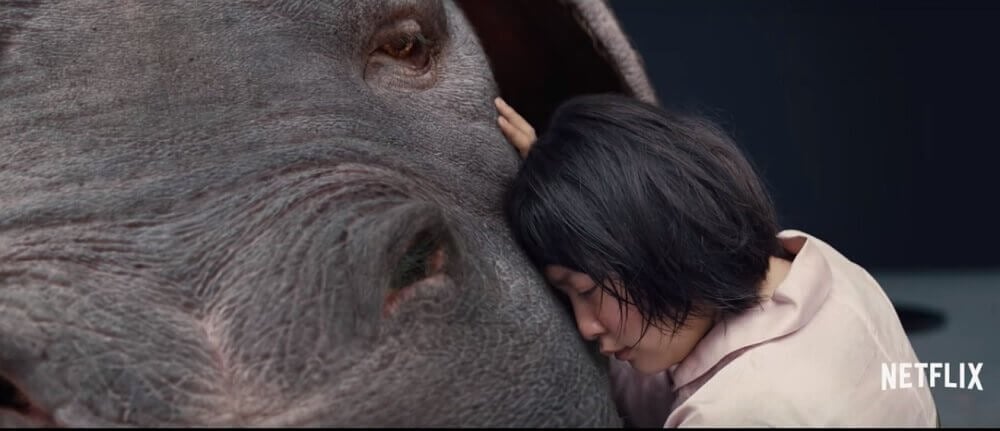
Okja | Official Trailer | Netflix
Caesar, the computer-generated ape starring in the recently released War for the Planet of the Apes, is so expressive and relatable that it’s hard not to form an emotional bond with him. And The Jungle Book transported audiences into a realistic yet mythical world filled with larger-than-life CGI animals—including a Bengal tiger, a panther, a python, and wolves.
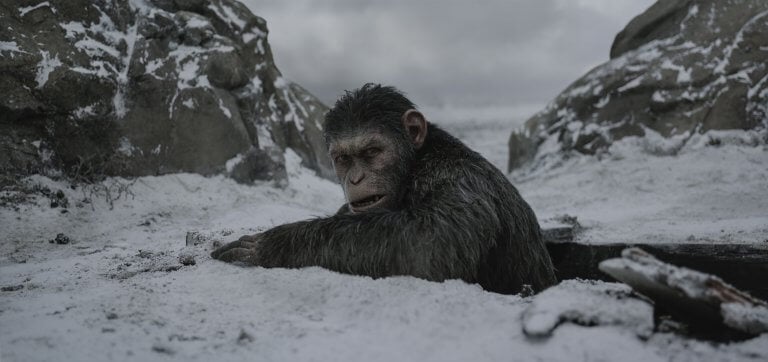
2017 Twentieth Century Fox Film Corp.
Then there are those filmmakers who kick kindness and innovation to the curb in favor of using animal “actors” who are rented from animal-training facilities. Pirates of the Caribbean: Dead Men Tell No Tales featured a capuchin monkey who repeatedly projectile vomited during filming. The movie A Dog’s Purpose drew fire when TMZ released a shocking video, taken on the set of the film, that shows an animal handler forcing a terrified German shepherd–type dog into the waters of an intensely swirling pool. The released clip concludes when the dog is pulled beneath the raging waters, prompting a group of people to rush over, seemingly in an attempt to rescue the animal.
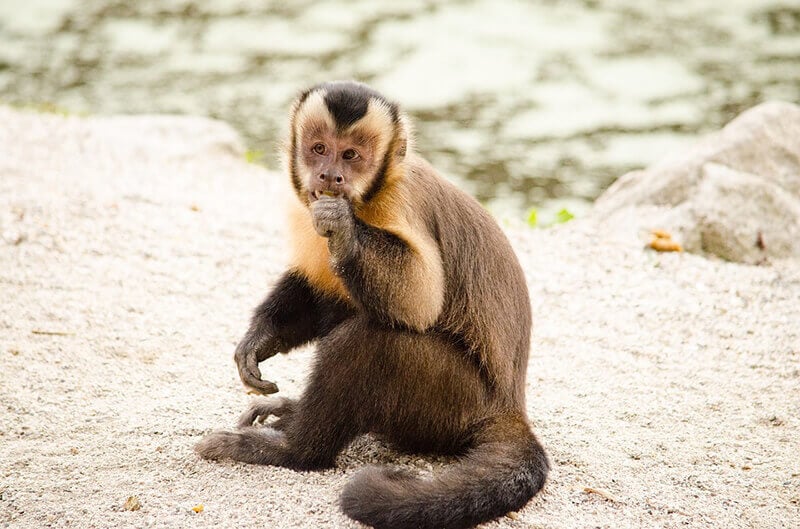
It’s no spoiler alert that animal “actors” suffer in show business. Birds & Animals Unlimited (BAU)—the company that supplied the dogs used in A Dog’s Purpose and has rented out animals to hundreds of other productions—is notoriously cruel. An eyewitness documented chronic neglect at BAU, including that sick and injured animals were denied adequate veterinary care, that some were confined to filthy enclosures, and that animals were denied food so that they would be hungry when being trained to do tricks.
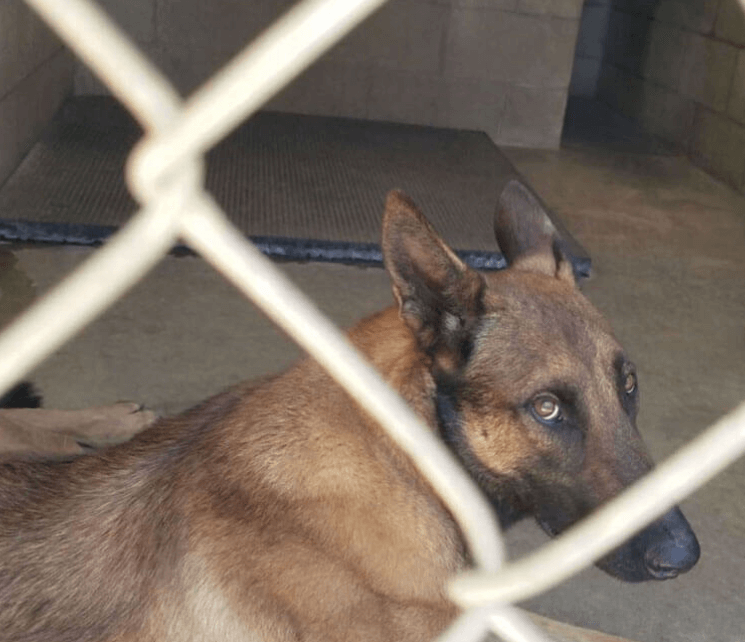
The American Humane Association’s (AHA) disclaimer that “no animals were harmed during the making of this movie” doesn’t actually guarantee that animals weren’t harmed. It doesn’t cover the off-site training of animals—where most of the abuse occurs—or take into account animals’ living and transport conditions.
The outcry against the exploitation of animals for film and television is growing. Of course, there’s no need to worry about the computer-generated animals in War for the Planet of the Apes and other recent films. So the next time that you want to catch a flick about animals, catch one that features CGI creations. And be sure to give the real stars—the visual-effects team—two opposable thumbs up.

